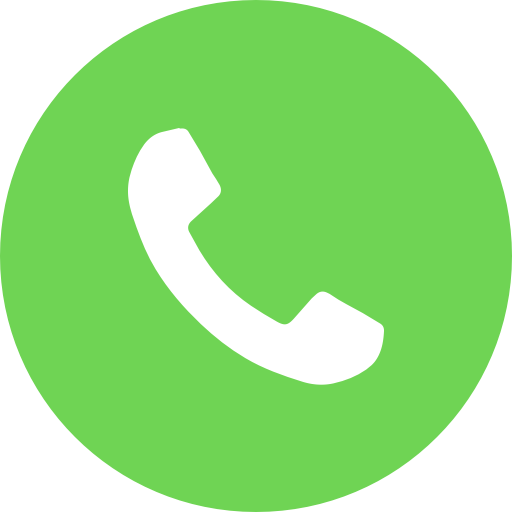How to Teach Medical English to ELL and ESL Students Effectively
Teaching Medical English to ELL and ESL students goes beyond vocabulary lists and grammar drills—it’s about preparing learners to communicate clearly, accurately, and confidently in high-stakes healthcare environments. From patient interactions to reading prescriptions and understanding clinical terminology, every word matters. This blog explores practical, effective strategies to help educators equip students with the language skills they need to succeed in medical settings while ensuring patient safety and professional clarity. That is why phonetics in English language is not just another teaching point- it is a clinical skill.
Unique Challenges Faced by ELLs in Medical English
Learning medical terminology is difficult for everyone- but for English Language Learners (ELLs), it is like trying to learn two languages at once.
Think about it: medical terms are often long, complicated, and packed with meaning. Your students are not just struggling with vocabulary, they are battling:
- Tongue-twisting words that do not exist in everyday conversation.
- Fast-talking doctors and nurses who do not slow down.
- The pressure of knowing a mistake could affect patient care.
- Fear of speaking up when they are unsure of pronunciation.
- Cultural differences in how to sound professional yet caring.
The positive part? With the right teaching approach, you can help your students overcome these hurdles and speak with confidence.
How Native Language Affects Medical English Learning
Have you noticed some of your students pick up medical terms faster than others? One class. Same lesson. But different results. Why? There is a reason for that!
Students who speak Spanish, Italian, or Portuguese often have an advantage. Many medical terms come from Latin and Greek roots, which these languages share. When a Spanish student sees 'cardiovascular,' they might recognize parts of the word from their language.
On the flip side, students from language backgrounds like Chinese, Japanese, or Arabic face steeper challenges:
- Chinese do not use verb tenses like English does, making grammar tricky.
- Arabic speakers might struggle with English sounds that do not exist in their language.
- Japanese speakers often find English stress patterns confusing.
English as a Second Language (ESL) teachers who pursued the phonics teacher training course understand the importance of customizing their teaching to meet each student's needs. The one-size-fits-all approach won't work.
5 Tips for Teaching Medical Terminology to ELL Students
Are you ready to change how your students learn medical terminology? These five tips can make even the most complex terms more manageable:
1. Teach the Building Blocks
Do not just hand students a list full of terms. Show them how 'cardio' means heart, 'pulmonary' relates to lungs, and '-itis' indicates inflammation. Once they know these patterns, they can decode new words without much help.
2. Make It Visual
In medical education, clear visuals often do what long explanations cannot. Pair up terms with clear images. When students see a labeled diagram of the digestive system while learning related terms, the words stick better in their memory.
3. Combine Seeing and Hearing
Let students experience new terms through multiple senses. Have them listen to proper pronunciation while reading the words. This practice builds sound patterns and spelling at the same time.
4. Turn Learning into a Team Sport
Partner activities make practice less intimidating. Students can quiz each other with flashcards or role-play medical scenarios. Partnering builds confidence and creates a supportive learning environment.
5. Organize by Systems
Try not to jump randomly between unrelated terms. Group words by body systems or medical specialties. This practice creates meaningful connections that help students remember terms in context.
Importance of Teaching Through Sound in Medical English Classroom
It is tempting to focus mainly on vocabulary, but pronunciation deserves equal attention. After all, what good is knowing a word if no one understands you when you say it?
Consider this scenario: Your student needs to report that a patient is 'epileptic.' If they stress the wrong syllable, the word becomes unrecognizable. These tiny sound differences can lead to terrible misunderstandings.
To avoid such scenarios, try these pronunciation-focused techniques:
- Break words into syllables and practice one chunk at a time.
- Show students which syllable gets the stress (e.g., epi-LEP-tic).
- Use tools like the International Phonetic Alphabet (IPA) to visually represent sounds.
- Let students record themselves and compare to correct pronunciation.
- Recommend apps like Elsa Speak or YouGlish that give instant pronunciation feedback.
When students master the sounds of medical terms, their confidence soars to speak up in clinical settings.
Improving Students' Listening Skills for Medical Accuracy
Speaking is one half of the battle. Your students need to understand what they hear- often in high-pressure situations. What if your student misses the word 'not' in 'the patient is not allergic to penicillin.' This small listening error could have serious negative outcomes.
Help sharpen your students' listening skills with these approaches:
- Play real clinical conversations at various speeds.
- Use videos with subtitles that students can gradually turn off.
- Practice with different accents and speaking styles.
- Create listening exercises that focus on easily confused terms.
- Teach students to ask for clarification when needed.
Strong listening skills help your students follow instructions accurately and respond appropriately to colleagues and patients.
Bottom Line
Teachers with an ESL certification online quickly realize that teaching medical English carries a unique responsibility. Perfect pronunciation is not merely academic- it is a clinical necessity. By helping students master medical terminology, you are not just improving their career prospects; you are helping ensure their future patients receive accurate, safe care.
We believe education should be accessible to everyone. That’s why we don’t charge for our blogs. Find the right course that will help you in your career with us, contact us at – 1800–212–6400. You can mail us at act@asiancollegeofteachers.com




